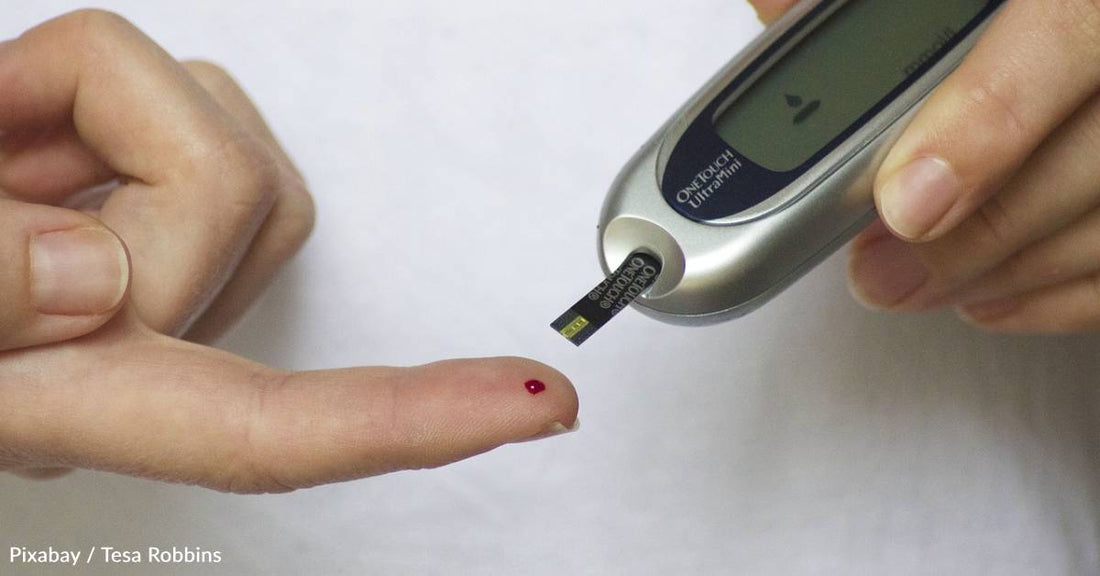Pancreas Size May Help Predict the Odds of Type 1 Diabetes Progression
Michelle Milliken
There are currently around 2 million Americans with Type 1 diabetes, including just over 300,000 kids and teens. Early detection and treatment are important because they can lower the risk of complications. Better understanding a person’s risk is also key, and a new study finds the size of their pancreas may provide important insight.
Research recently published in Diabetes Care, the journal of the American Diabetes Association, investigated how pancreas volume, glucose tolerance testing scores, a Type 1 diabetes risk score, or a combination of those first two metrics help determine the risk of progression to stage 3 Type 1 diabetes. Stage 3 is when symptoms are usually present and when a clinical diagnosis typically occurs.
Dr. Jack Virostko, the study’s lead author and assistant professor of diagnostic medicine at University of Texas at Austin’s medical school, says, “By the time a person has developed stage 3 Type 1 diabetes, there is significant beta cell loss and symptoms are usually present. If we can better predict the progression to stage 3, our hope is that we can better identify and apply therapies to slow or even stop the advance of the disease, even before diagnosis.”
To study possible disease predictors, the team analyzed data from 65 people enrolled in the Type 1 Diabetes TrialNet Pathway to Prevention study. Each participant had at least two diabetes-related autoantibodies, which shows a person is at high risk of developing the disease. These autoantibodies are also sometimes found decades before diagnosis.
The participants underwent MRI imaging of their pancreas every six or 12 months to determine the organ’s volume, had oral glucose tolerance testing, and received a Type 1 diabetes risk score. The researchers used this data, along with a combination of the pancreas volume and oral glucose tolerance testing, to see how well they helped determine the risk of progression to stage 3 Type 1 diabetes.
Throughout the study, 11 participants progressed to stage 3. They had differing measures across all metrics, but their pancreas volume declined over time, while their risk scores and oral glucose tolerance testing scores went up.
The researchers say this suggests that pancreas volume and metabolism measures each play their own role in demonstrating risk and that together, they may be beneficial.
Dr. Daniel Moore, study co-author and Vanderbilt University Medical Center site investigator, explains, “Pancreas volume and metabolic measures were not correlated, suggesting that they reflect different aspects of the disease process underlying T1D and provide different information regarding disease risk. Our prediction model, using both pancreas volume and metabolic measures, outperformed imaging or metabolic testing alone for predicting progression to stage 3 Type 1 diabetes.”
The team says more research is needed due to the small sample size and lack of diversity in the study group, but if replicated, the findings may lead to another way to track the development of diabetes and may help with recruitment into trials aimed at prevention and treatment.




